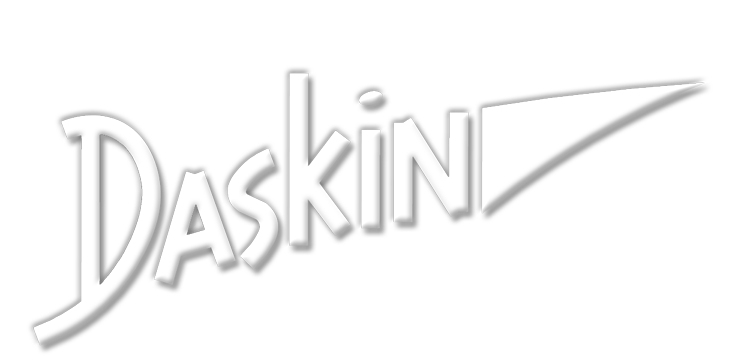Unfortunately, I know of no good Janko instruction books at this time. Noel & I have scanned several pamphlets from the 1890s, which can be downloaded
here. I have not looked for any instructional materials from the Chromatone folks. If there are any, I would guess they are in Japanese.
I have not yet taken the time to develop instructional materials. I will produce a video when I have units for sale. In the meantime, here is a brief lesson in 5-row Janko fingering. These suggestions are consistent with the Janko instruction booklets which were published in the 1890s.
1. The bottom two rows are for the thumbs only.
2. Never play the top two rows with a thumb.
3. When you play an octave with one hand using the thumb and little finger, the thumb should be two rows lower than the little finger.
There are rare exceptions to all of the above rules. For example, if you want to slide an octave quickly five rows down the keyboard, then you must, of course, play the two notes of the octave in the same row.
4. As much as possible, try to keep the thumb on rows which are lower than the rows which the other fingers of the same hand are using.
The 1890s Janko right hand fingering for a C major scale (which I agree with) is:
Begin on the middle row (3rd row) C with the index finger (finger 2).
Middle finger (finger 3) on D in the same middle row.
Ring finger (finger 4) on E in the same middle row.
Thumb on F in the next lower row (row 2).
Index finger on G two rows higher (row 4).
Middle finger on A, same row (row 4).
Thumb on B in row 2.
Index finger on C in row 3. Now you’re back where you started, one octave higher, so you can continue up with the same fingering, if you wish.
Notice that in the above major scale fingering the thumb is always below the other fingers. The hand is comfortable this way.
Different people will have different ideas about how to play a Janko. Different people will also prefer different fingerings. These differences can be attributed to different hand sizes, or personal preferences. I cringe when I watch Chromatone players on YouTube playing octaves with one hand in the same key row, and fingering patterns very differently than I would recommend. Nevertheless, I welcome anyone to publish whatever instructional materials they endorse, and let the public hash it out.

 DASKIN Manufacturing
DASKIN Manufacturing